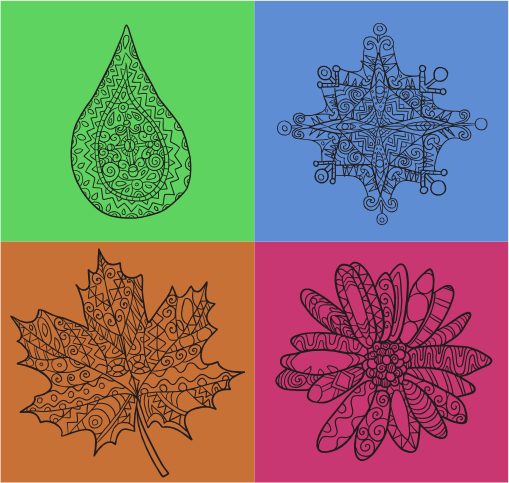What is seasonal forecasting?
Weather changes on a daily basis. While modern forecasting systems can accurately predict weather events (frontal movements, winds, thunderstorms, etc.) a few days into the future, daily predictions beyond two weeks are mostly useless. However, to some extent, it is possible to predict deviations from the mean seasonal climatology some months in advance. Seasonal forecasts do not aim to predict the timing of a particular weather event with any accuracy —e.g., how much is going to rain in Madrid on January 2nd;— however, the likelihood of receiving above, near or below normal (i.e., tercile-based categories) precipitation next winter can be predicted in some cases and for some regions, particularly in the tropics.

Get ready for the new era of climate services,
from weather forecast to climate prediction
Limitations of seasonal forecasts
Weather and climate forecasts are produced using global climate models. However, in contrast with the popular weather forecasts (e.g. maximum temperature will be 15.5 ℃ in Madrid tomorrow), seasonal predictions provide information on how seasonal average weather is likely to be a few months in advance (e.g. there is a 80% chance that the next season will be hotter than usual in central Spain). Despite its potential value for many sectors, they are currently underexploited due to several limitations:
- Seasonal forecasts are by nature probabilisticHence, there is a difficulty to correctly interpret this kind of information and to properly incorporate probabilistic forecast products into business decision-making processess.
- The performance of state-of-the-art seasonal forecasting systems is poor outside the tropics and skill varies according to the variable, region and season of interestAs a result, a robust tailored assessment of these products (based on past performance) is needed to explore their potential for each particular application (see below).
- The current spatial resolution of seasonal forecasts (50-100 km) is not sufficient for most practical applications Thus, proper statistical calibration or downscaling methods are needed to go from global to local, obtaining suitable local predictions.
Verification of seasonal forecasts
Since seasonal predictability strongly varies with the region and the season being forecast (see, e.g., [1] [2] [3] [4]), forecast quality verification information is essential to enable the end-user to quantify, based on past model performance, the uncertainty associated to a forecast for a particular location and time of the year, allowing thus for a correct use.
Although no single metric can provide a complete picture of forecast quality, the Standardized Verification System for Long Range Forecasts (SVS-LRF) recommends a suite of metrics (see Attachment II.8 for details) which allows forecasting centres to document the quality of their forecasts according to a common standard.
Some of the different metrics considered in the literature allow for verification of either deterministic —Mean Error (or bias), ACC, RMSE, MSSS, etc.— or probabilistic —RPSS, ROCSS, reliability diagram, etc.— forecasts and cover different aspects relevant to users [5].
References
- Halpert MS, Ropelewski CF. 1992. Surface temperature patterns associated with the Southern Oscillation. J Clim 5:577–93. [+]
- van Oldenborgh, G. J. 2004. Assessing the skill of seasonal forecasts, Tech. rep., KNMI Research Biennial Reports, 2003/04. KNMI. [+]
- Doblas-Reyes, F. J. and Weisheimer, A. and Palmer, T. N. and Murphy, J. M. and Smith, D. 2010. Forecast quality assessment of the ENSEMBLES seasonal-to-decadal Stream 2 hindcasts, Tech. Rep. 621. [+]
- Manzanas, R. and Frias, M. D. and Cofiño, A. S. and Gutierrez, J. M., 2014. Validation of 40 year multimodel seasonal precipitation forecasts: The role of ENSO on the global skill, Journal of Geophysical Research: Atmospheres, 119, 1708–1719, doi:10.1002/2013JD020680. [+]
- Jolliffe, I. T., and D. B. Stephenson, Eds., 2003. Forecast Verification: A Practitioner's Guide in Atmospheric Science. John Wiley and Sons, 254 pp. [+]
